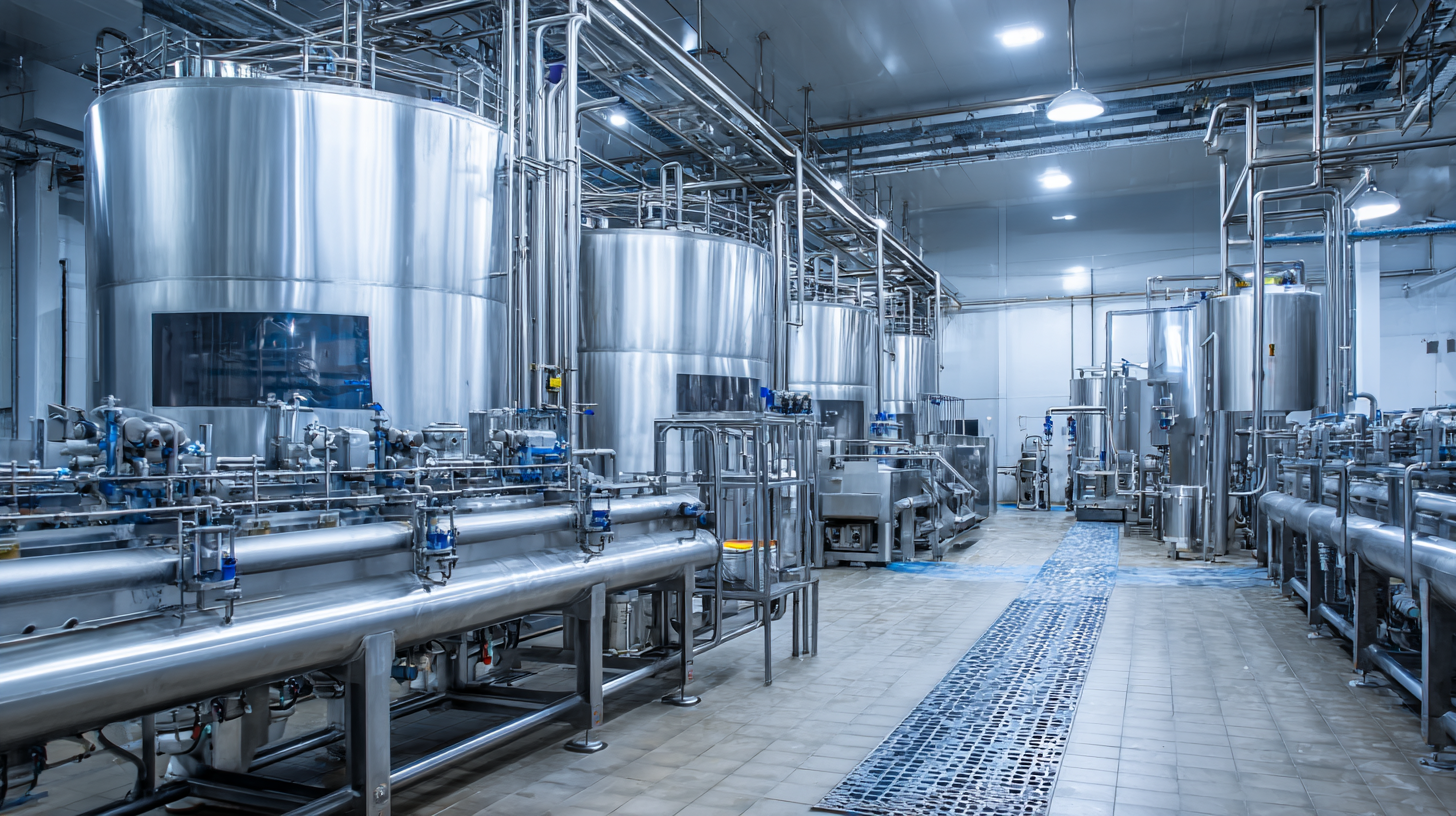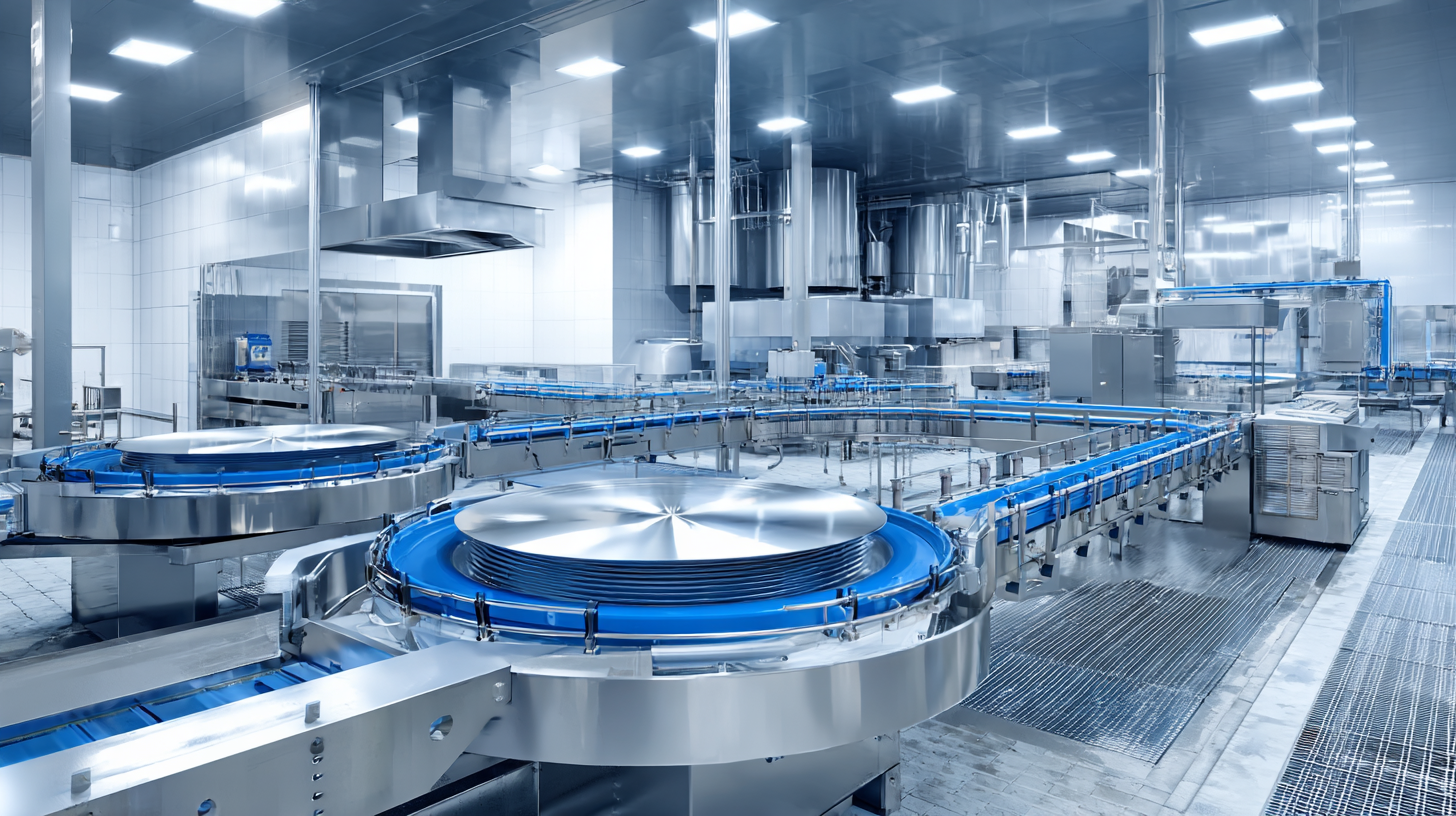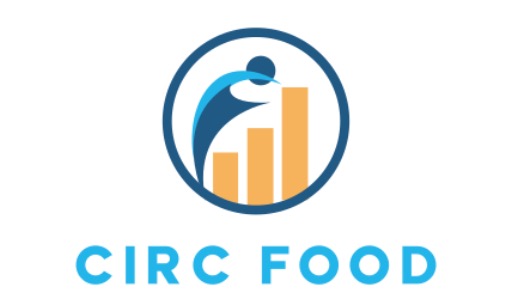Mastering Best Food Processing Plant Equipment for Efficient Production Workflow
In the ever-evolving landscape of the food industry, the efficiency of production workflows hinges significantly on the choice of Food Processing Plant Equipment. According to a recent report by Grand View Research, the global food processing equipment market is expected to reach $118.56 billion by 2025, driven by increasing consumer demand for processed foods and the need for advanced manufacturing technologies. As food manufacturers strive to enhance productivity while maintaining high safety and quality standards, the selection of appropriate equipment becomes paramount. From automated conveyors to cutting-edge packaging machines, having the right tools not only streamlines operations but also reduces wastage and optimizes resource utilization. Understanding the various alternatives available in Food Processing Plant Equipment is essential for industry stakeholders looking to master their production workflows and stay competitive in this dynamic market.

Advancements in Food Processing Equipment: Meeting Global Standards for Efficiency
In the competitive landscape of food processing, advancements in equipment play a pivotal role in meeting global efficiency standards. According to a recent report by the Food Processing Equipment Manufacturers Association (FPEMA), the global food processing equipment market is projected to reach $90 billion by 2027, highlighting a growing focus on innovation and productivity. These advancements not only enhance production capabilities but also ensure compliance with stringent safety regulations set by organizations such as the FDA and USDA.

Moreover, integrating modern technology into food processing equipment allows for better traceability and quality control. For instance, the introduction of IoT-enabled machinery offers real-time monitoring, reducing downtime by up to 20% and minimizing waste during production. The International Food and Beverage Alliance (IFBA) also emphasizes that such innovations help producers adapt to shifting consumer preferences for sustainable and high-quality products. As the demand for efficiency in food production surges, leveraging advanced equipment is essential for any organization aiming to thrive in this fast-evolving industry.
The Role of Automation in Streamlining Food Processing Plant Operations
In the ever-evolving world of food processing, automation has become a game-changer, significantly enhancing workflow efficiency and productivity. By integrating automated systems, food processing plants can achieve precision in operations, reducing the chances of human error and ensuring consistent product quality. From robotic assembly lines to automated packaging and labeling, these technologies streamline complex processes, allowing companies to focus more on innovation and less on manual labor.
Moreover, automation plays a crucial role in data management and real-time monitoring of production lines. With advanced sensors and software systems, plant operators can gather valuable insights on machine performance and production metrics, leading to quicker decision-making and reduced downtime. This integration not only boosts operational efficiency but also facilitates compliance with food safety regulations, ensuring that products meet industry standards without compromising on speed or output. As food processing plants continue to embrace automation, they position themselves to meet the growing demands of consumers while maintaining high standards of quality and safety.
Mastering Food Processing Plant Equipment Efficiency
This chart illustrates the efficiency ratings of various equipment used in food processing plants. A higher rating indicates better performance and reliability, which is key to optimizing production workflow. Equipment such as mixers and conveyors show a notably higher efficiency, supporting the argument for automation in food processing operations.
Key Metrics in Food Processing: Understanding Production Throughput and Quality Control
In the food processing industry, understanding key metrics such as production throughput and quality control is essential for optimizing workflow and enhancing product quality.
Production throughput refers to the amount of product produced in a given timeframe, and it is a crucial indicator of operational efficiency.
By closely monitoring throughput, food manufacturers can identify bottlenecks in the production line, allowing them to implement necessary adjustments or upgrades to equipment. This not only speeds up production but also helps in maximizing resource utilization, ultimately leading to increased profitability.
Quality control is another fundamental metric that cannot be overlooked. It ensures that the final product meets safety standards and customer expectations. Establishing stringent quality control measures throughout the production process helps in detecting any deviations early on, reducing waste and rework.
Employing advanced technology and data analytics can facilitate real-time monitoring of quality parameters, ensuring that any potential issues are addressed promptly. Together, mastering these key metrics empowers food processing plants to achieve a more efficient and reliable production workflow, yielding high-quality products that satisfy market demands.
Sustainable Practices in Food Processing: Innovations in Equipment Design and Usage
In recent years, the food processing industry has witnessed a significant transformation toward sustainable practices, driven by both consumer demand and regulatory pressures. Innovations in equipment design play a crucial role in this shift. Modern food processing plants are increasingly adopting energy-efficient machinery that reduces waste while maximizing productivity. For instance, equipment designed with energy recovery systems can capture and reuse energy from production processes, dramatically lowering operational costs and environmental impact.

Moreover, advancements in technology have led to the development of versatile equipment that accommodates a range of food products while minimizing water and resource usage. Intelligent systems equipped with sensors and IoT technologies allow for real-time monitoring and adjustments, ensuring that resources are used efficiently. This not only supports sustainability goals but also enhances the overall production workflow, enabling manufacturers to respond quickly to market changes. As the industry continues to embrace these innovations, the integration of sustainable practices with efficient equipment design is becoming a standard that promotes a healthier planet alongside robust economic growth.
Global Market Trends: How China's Food Processing Equipment Shapes International Trade
China's influence in the global food processing equipment market is increasingly significant, driven by innovative technologies and competitive pricing. According to a recent report, the global food processing machinery market is projected to reach $90 billion by 2025, with China accounting for a substantial portion of this growth. As countries adapt to changing consumer preferences and improve their food safety standards, the demand for modern, efficient processing equipment has escalated.
At the forefront of this transformation is the upcoming Gehua Food Expo in Shanghai, scheduled for August 2025. This event is expected to serve as a major platform for showcasing cutting-edge food processing technologies, promoting international trade, and bridging the catering industry with global tourism. Amid rising tariffs, which have affected agricultural products like soybeans and canola, Chinese manufacturers are capitalizing on the opportunity to enhance their equipment exports, thus solidifying their role in the international market.
Furthermore, the strategic positioning of Chinese firms within the food processing sector fortifies their competitiveness. By focusing on advanced automation and sustainable practices, China not only caters to local demands but also exports its innovations to markets grappling with food security challenges. As the market dynamics shift, the synergy between China's food processing equipment and global trade continues to evolve, reflecting a significant impact on international culinary trends.
Mastering Best Food Processing Plant Equipment for Efficient Production Workflow
| Equipment Type | Usage | Efficiency Improvement (%) | Market Growth Rate (%) | Key Regions |
|---|---|---|---|---|
| Mixers | Blending ingredients | 20% | 4% | Asia, North America |
| Packaging Machines | Sealing and labeling | 30% | 6% | Europe, Asia |
| Conveyor Systems | Transporting products | 25% | 5% | South America, North America |
| Homogenizers | Uniform mixing | 15% | 3% | Asia, Africa |
| Freezers | Preserving freshness | 40% | 7% | North America, Europe |









